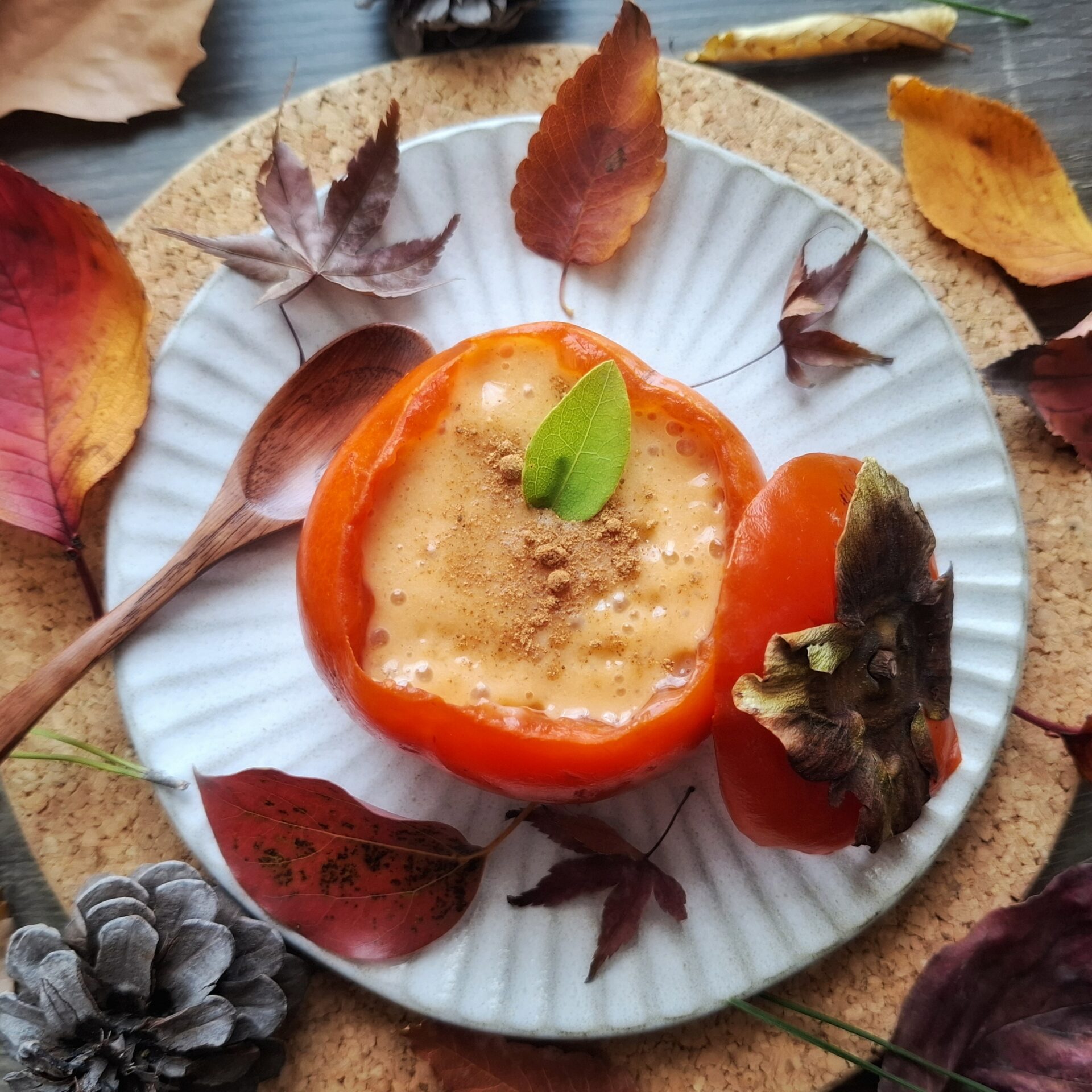Nozawana Pickles :Local Japanese Food in Nagano (野沢菜漬け)


Nico, your hometown Nagano is known for the top longevity in Japan, right?

Right! I believe our regional food definitely contributes to their health and wellness.


What’s the most popular local food in Nagano?

Hmm… there are many, but today’s “nozawana pickles” is certainly one of them. Let’s dive in!
What is Nozawana Pickles?
Nozawana Pickles (野沢菜漬け) is a local fermented side dish in Nagano Prefecture in Japan.

Hold on, what is nozawana in the first place?
Nozawana (野沢菜) is a traditional vegetable of Nagano. As the name implies, this local specialty originates in Nozawa Onsen Village in this prefecture.



Although there are several traditional recipes, the one we’re sharing today is the umami-packed version. Correct, Shoyu?

Absolutely! …because today’s recipe uses 3 fermented seasonings: soy sauce (me!), mirin (Japanese sweet sake), and rice vinegar.
Local Tradition: Pickling Before Harsh Winter
Winter in Nagano is known to be quite cold with a lot of snow. Since everything gets frozen outside, leafy veggies are unavailable for harvest during this season.
This is why, usually in late autumn, locals harvest nozawana and bunch-prep nozawana pickles as preserved food to stay healthy during the harsh winter.
For locals, nozawana has been a great source of vitamins, minerals, and fiber, which is why they preserve this nutritious leafy veggie.

Substitutes for Nozawana?

I obviously don’t have access to nozawana. Can I substitute it with anything else?

Yes! Although the flavors are slightly different, these leafy veggies would also work as alternatives.
Pak choi (/Bok choy/ Chinese celery cabbage)
Leaves of daikon radish
Komatsuna (Japanese mustard spinach)
How to Enjoy Nozawana Pickles
Depending on the fermentation period, these traditional pickles are called in two ways: toki-zuke (時漬け, quick pickles), and hon-zuke (本漬け, preserved pickles),
1. Serve as a Side Dish (toki-zuke, quick pickles)
As toki-zuke (時漬け, quick pickles), nozawana pickles can be enjoyed from 3-4 days later.
Accompanied by miso soup and rice, nozawana pickles are perfect for the “one-soup, one-dish” meal style in Japan. If you’re not familiar with it, I suggest you check out our previous article below about this simple style.



Locals also like to enjoy nozawana pickles as a savory snack with Japanese green tea. It may sound weird, but it’s pretty common here!

2. Use It for Cooking (hon-zuke, well-preserved pickles)
The longer the fermentation, the sourer and saltier the pickles become.
At this hon-zuke (本漬け) stage, locals often use them as an ingredient in recipes. For example, for onigiri, pasta, stir-fry with sesame oil… the list goes on.
However, the most famous local food with Nozawana pickles would be Oyaki (おやき), grilled dumplings with several kinds of filling inside. Nozawana is one of the most popular fillings.


Can’t wait to make my own! Where’s the recipe?

Here is the recipe. Happy pickling!

Nozawana Pickles 野沢菜漬け (Local Food in Nagano, Japan)
Ingredients
- 500 g nozawana (can be swapped for pak choi, komatsuna, or leaves of daikon radish)
- 90 ml soy sauce
- 90 ml mirin (Japanese sweet sake)
- 30 ml rice vinegar
- 1 sheet Kombu (kelp)
optional
- 2 whole chill pepper
Instructions
- Chop nozawana into bite-sized pieces.
- Put the nozawana into a clean container (e.g., a glass container or zip seal bag).
- Heat mirin up for 1 minute in a pan or microwave to get rid of alcohol in it.
- Cut kombu into small pieces.
- Add all seasonings in a pan or bowl, and mix them well.
- Add the mixture to the nozawana's container, and marinate everything well with clean hands (with gloves on, preferably).

- (If you're using a glass container) Cover the surface with a clean wrap, and place some weights such as stones (on it (traditionally a large stone called Omoshi is used). Then, cover the container lid.
- Let it stay it in a fridge for 3-4 days minimum.
- As toki-zuke (時漬け, quick pickles), it can be enjoyed from 3-4 days later.As hon-zuke (本漬け, preserved pickles), it can be stored for up to 2 months in the seasoning liquid. The more fermentation goes, the saltier and sourer it gets.











Your words make my day!